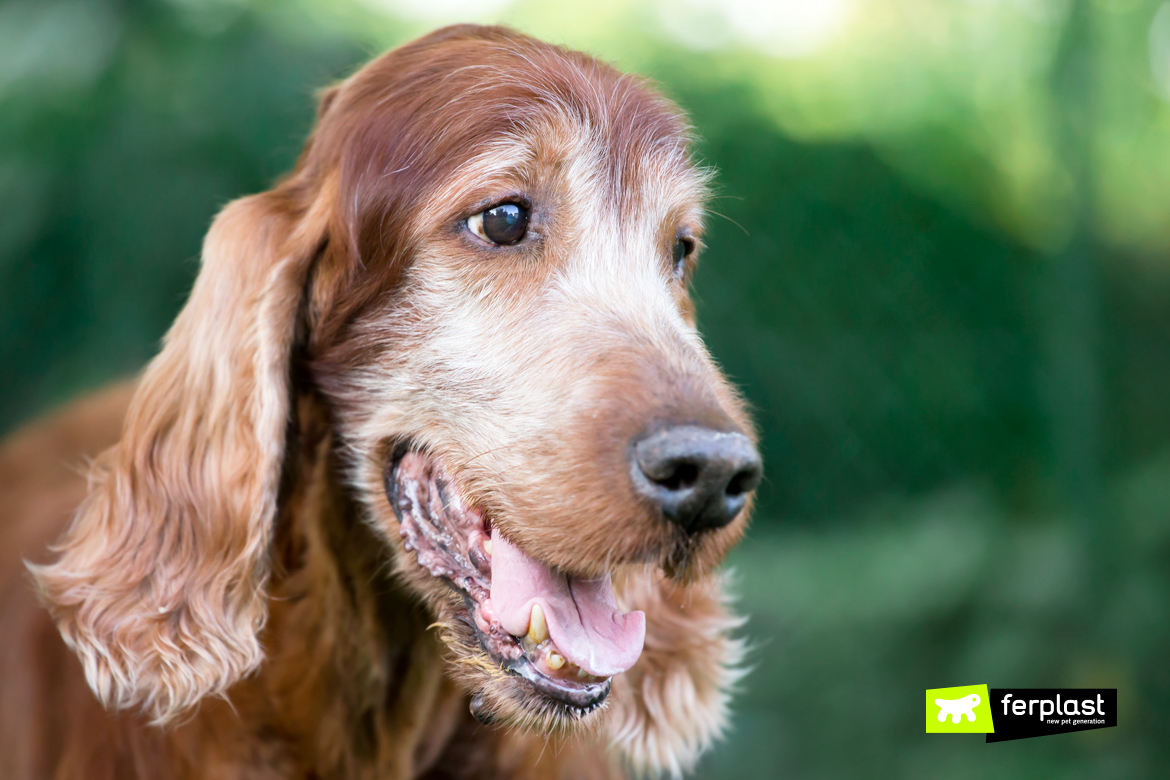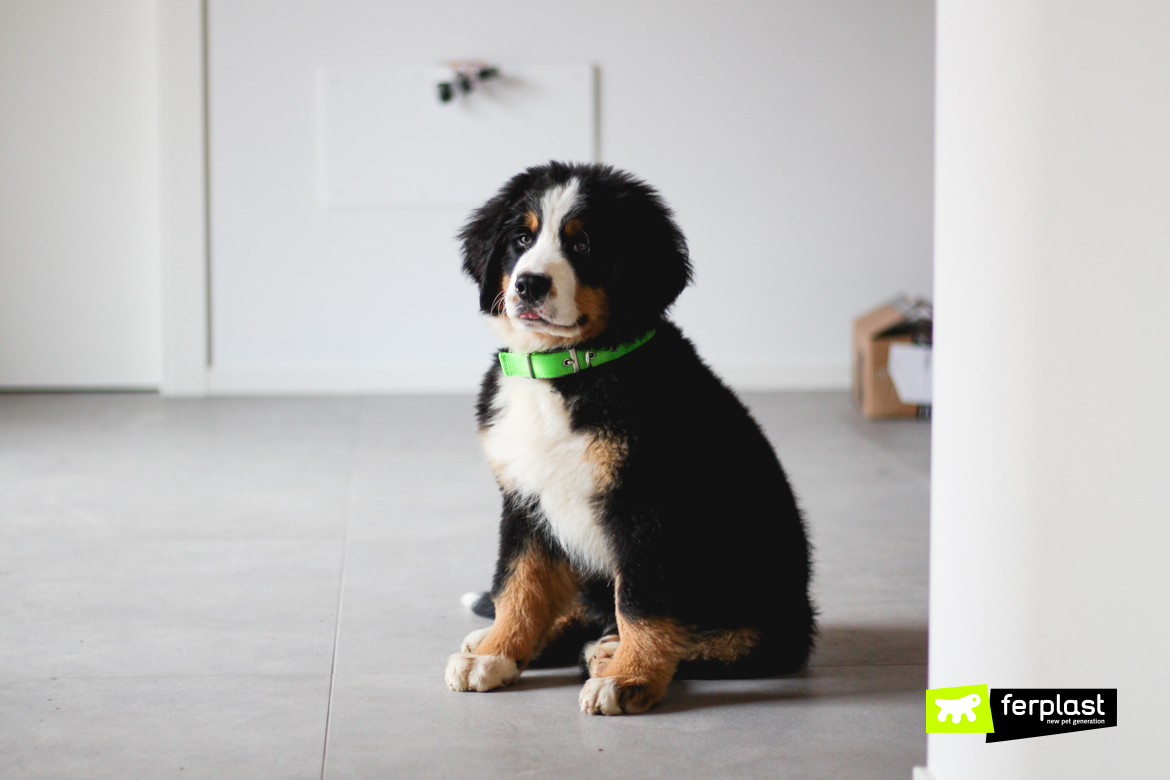What are the most important signs that help us identify a dog’s age? If you have adopted a four-legged friend from the dog pound or if you have taken in an abandoned dog, but you don’t know exactly when he was born, there are a few signs that will help you define your dog’s age without too much effort.
Knowing a dog’s chronological age is very important, not because you need to know the number to put on his birthday cake, but for questions related to his health and well-being: vaccinations, specific diets, medical tests and treatments are closely linked to your pet’s time of life.
Understanding a dog’s age: Fur
The first thing we all look at if we want to discover a dog’s age is his fur. Just like for humans, white hairs are an indication of old age; when they appear around the snout and eyes it means that Fido is about five to seven years old. As well as this, you also need to observe the condition of his fur: when a dog is young, he will have a soft, healthy, shiny coat thanks to the high level of hydration of his skin. When a dog is older, his fur will be drier and weaker.
 Understanding a dog’s age: Teeth
Understanding a dog’s age: Teeth
Teeth can reveal a dog’s age. When they are small, sharp and very clean, we have a puppy before us. When aged between one and 3 months, a dog begins to lose his milk teeth, that are finer and squared in shape, to make room for the permanent teeth, which are much more rounded and not as sharp. A clean, white smile and a youthful appearance confirms an age of less than two years. From 3 to 4 and a half years of age, the 6 lower incisors become square due to wear, while from six years onwards, a dog’s teeth change colour, becoming more yellowish and dirty, with the evident presence of plaque and tartar.
 Understanding a dog’s age: Eyes
Understanding a dog’s age: Eyes
A part of the body that we can observe to ascertain a dog’s years are the eyes. If they seem lively, clear and sparkling, they belong to a young animal aged 3-4 years at most. On the contrary, clouded, veiled, tired eyes, obscured by cataracts and shadows, are typical of an adult or elderly dog.
All puppies are born with some shade of blue eyes. The colour of the eyes will begin to change when the puppy is about 3-4 weeks old, when the first traces of brown specks appear.
 A dog’s mobility
A dog’s mobility
How do you know how old a dog is, if you don’t know exactly when he was born? Observing a dog’s behaviour is useful: for example, a puppy is clumsier and more active, while an elderly dog is slower, quieter and more peaceful. The difference is also obvious from a physical point of view: a young dog is more tonic and muscular, while an elderly one, on the other hand, tends to be larger, because of a more sedentary lifestyle.



